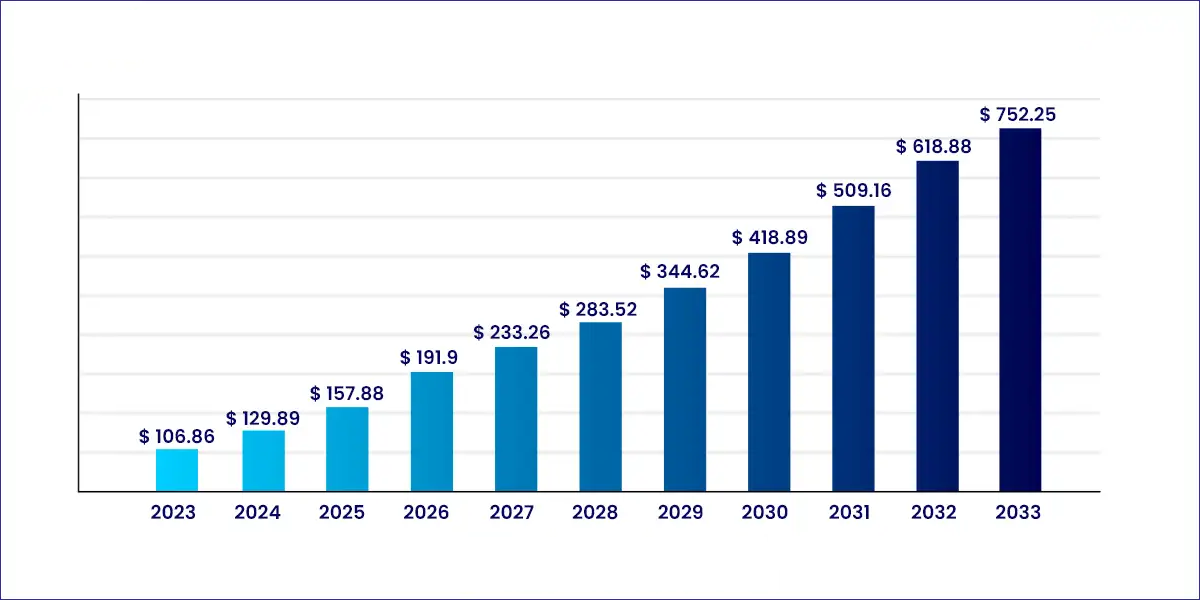How Are Streaming Platforms Changing the Entertainment Industry?

Streaming platforms have fundamentally transformed the entertainment industry, shifting audience preferences from traditional cable TV to on-demand, customizable viewing experiences.
In a world where viewers value flexibility and control, streaming platforms allow users to decide what, when, and how they watch content.
This shift has impacted various aspects of the entertainment industry, from content production and accessibility to revenue generation models.
This article delves into how streaming platforms drive these transformative changes, redefining the entertainment landscape to meet modern audiences' evolving demands.
The Rise of Streaming and Decline of Cable TV
The rise of streaming has significantly contributed to the decline of cable TV as audiences increasingly turn to digital platforms that offer flexibility and convenience.
With its scheduled programming and higher costs, traditional cable has become less appealing compared to the on-demand nature of streaming services.
Cable TV's fixed schedules and lack of customizable viewing limit options make streaming platforms attractive alternatives that cater to viewers' desire for more control.
Many streaming platforms offer extensive libraries of movies, shows, documentaries, and niche content, allowing audiences to explore diverse genres without being bound to a specific program line-up.
Additionally, streaming platforms' affordable subscription models appeal to cost-conscious viewers, who often "cut the cord" to reduce expenses and access a broader range of content.
In response, traditional networks are now launching their own digital services to retain their viewership, signalling an industry-wide shift towards streaming as the new standard for media consumption.
How Streaming Platforms Empower Viewers with Choices
Streaming platforms give viewers unprecedented control over their entertainment choices, a stark contrast to the limitations of traditional TV.
Rather than relying on scheduled programs, streaming platforms allow users to access a vast library of content anytime, making it easy for audiences to watch according to their schedules.
This on-demand model has redefined the viewer experience, empowering individuals to choose from various genres, documentaries, and international shows based on personal interests.
Many streaming services enhance this freedom by offering personalized recommendations tailored to users' viewing habits, helping audiences discover content that aligns with their tastes.
This level of autonomy fosters a stronger bond between viewers and streaming platforms, as users feel more connected to a service that curates meaningful content choices.
Streaming platforms cater to diverse preferences by giving audiences the power to decide what to watch and when making them essential in today's entertainment landscape.
Revolutionizing Content Accessibility and Inclusivity
Streaming platforms have expanded access to a broader variety of content, making it easier for users worldwide to explore media from different cultures, languages, and perspectives.
Unlike traditional networks, which often cater to specific regions or demographics, streaming services make content available globally, enabling viewers to experience diverse storytelling that might otherwise be unavailable.
This accessibility supports cross-cultural exchange, allowing audiences to connect with shows and films that provide insight into different traditions, lifestyles, and viewpoints.
Additionally, streaming platforms have contributed to greater inclusivity by offering opportunities for underrepresented creators to showcase their work.
Many streaming services invest in original content that highlights minority voices, helping to amplify diverse perspectives in ways that traditional media outlets may overlook.
This democratization of content provides audiences with fresh narratives. It allows creators from various backgrounds to reach a global audience, fostering a more inclusive media landscape and encouraging viewers to embrace stories from around the world.
Streaming's Impact on Entertainment Production and Revenue
Streaming platforms have significantly influenced entertainment production and revenue models, focusing on original programming and subscription-based income rather than ad revenue.
Many streaming services are shifting away from ad-driven models to provide uninterrupted viewing experiences, enhancing audience satisfaction and retention.
This steady revenue stream from subscriptions allows platforms to invest heavily in high-quality, exclusive content, distinguishing them from competitors and fostering loyal subscriber bases.
Original programming, a hallmark of many streaming platforms, enables creators to experiment with new genres, formats, and storytelling techniques that might not fit traditional broadcasting structures.
Additionally, data-driven insights allow streaming platforms to produce content aligned with viewer preferences, creating shows and films that resonate more effectively with audiences.
This focus on unique, data-informed programming has transformed entertainment production, while subscription models offer sustainable revenue that supports ongoing content innovation.
As streaming platforms grow, they continue to redefine standards for production quality and viewer engagement, profoundly reshaping the entertainment industry.

Global Streaming Platforms Market Size Forecast 2023-2033
The global streaming platforms market is expected to grow significantly from 2023 to 2033, driven by rising demand for on-demand content, enhanced internet connectivity, and increasing smartphone adoption.
With more consumers shifting from traditional TV to streaming services, platforms are responding by investing in exclusive content, interactive features, and user-friendly interfaces, fostering a competitive environment.
Technological advancements, such as 5G and AI-based recommendation systems, are anticipated to improve viewing quality and personalization, further boosting user engagement.
Additionally, streaming services are expanding globally, entering new markets to cater to diverse regional preferences.
The growing adoption of ad-supported streaming models alongside subscription options is broadening audience reach and supporting steady revenue growth for the industry.
This upward trend in streaming platforms highlights the transformative shift in how consumers access media, signalling continued market expansion over the forecast period.
Conclusion
Streaming platforms have undeniably changed the entertainment industry, empowering audiences with choice, improving content accessibility, and driving new standards in production and revenue models.
As more viewers embrace streaming over traditional TV, these platforms continue to lead in innovation and content diversity.
Their ability to deliver on-demand viewing experiences tailored to individual preferences has revolutionized how audiences interact with media.
Streaming platforms are setting a new benchmark for the entertainment industry by prioritizing inclusivity, high-quality programming, and viewer-centric experiences.
As streaming's influence expands, its impact on global entertainment will remain profound. It will create a dynamic, adaptable landscape that caters to modern audience demands